In today’s fast-paced world, having a dedicated workspace at home has become increasingly important. However, for those with limited space, finding the perfect small corner desk can be a challenge. Don’t fret if you are limited on space for an office since we’ll help you know everything you need to know about choosing the ideal small corner desk for your space. From design considerations to functionality and style, we’ve got you covered.
Understanding Your Space Constraints
When looking for a small corner desk, it’s essential to understand the specific constraints of your space. Consider the dimensions of the corner where you plan to place the desk, as well as any surrounding furniture or fixtures that may impact its placement. By taking accurate measurements and assessing the layout of your room, you’ll be better equipped to select a desk that fits seamlessly into your space.
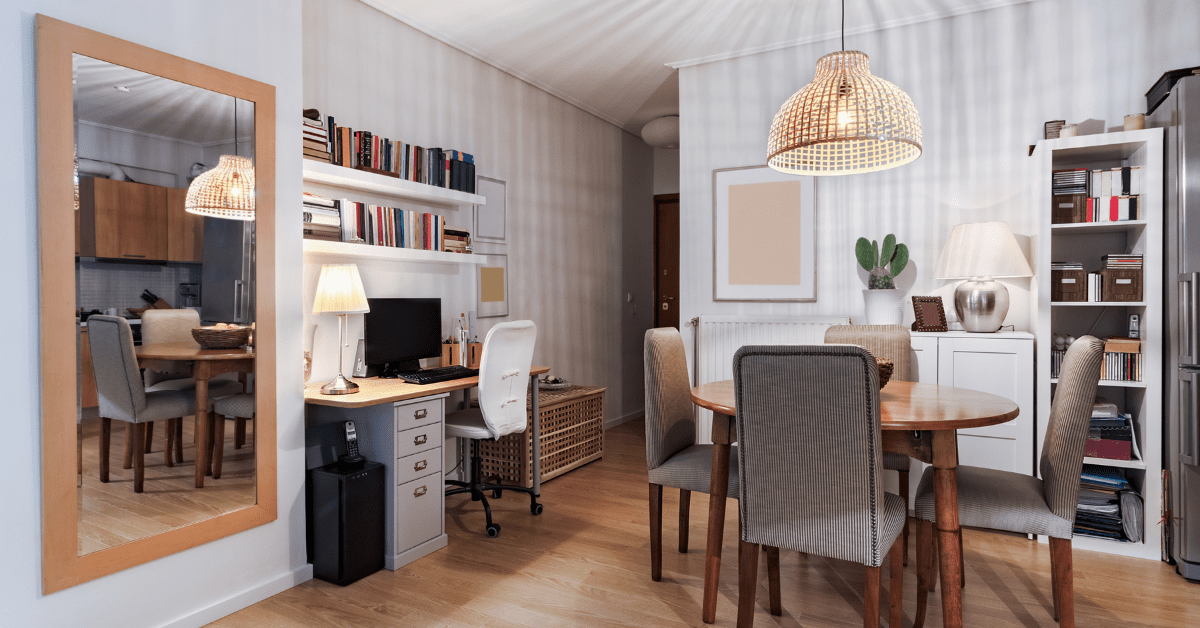
Assessing Your Work Needs
Before diving into the world of small corner desks, it’s crucial to assess your work needs. Are you primarily using the desk for a computer setup, writing, or crafting? Understanding your specific work requirements will help you narrow down the features and functionalities that are most important to you. Whether it’s built-in storage, cable management, or ample surface area, knowing your needs will guide your decision-making process.

Exploring Small Corner Desk Designs and Styles
Small corner desks come in a variety of designs and styles, ranging from sleek and modern to rustic and traditional. Consider the overall aesthetic of your space and look for a desk that complements your existing decor. Additionally, think about the materials and finishes that would best suit your style, whether it’s wood, metal, glass, or a combination of materials. Finding a desk that aligns with your design preferences will ensure a cohesive and visually appealing workspace.

Maximizing Functionality in a Compact Space
In a small corner, every inch of space counts. When selecting a small corner desk, prioritize functionality and efficiency. Look for features such as built-in shelving, drawers, or a hutch to maximize storage potential. Also, consider ergonomic design elements, such as adjustable height options or integrated cable management systems, to create a comfortable and organized workspace.

Evaluating Quality and Durability
Investing in a small corner desk that offers quality construction and durability is essential for long-term satisfaction. Look for desks made from sturdy materials and with solid construction. Pay attention to details such as hardware, joinery, and overall stability. By choosing a desk with excellent craftsmanship, you’ll ensure that it stands the test of time and provides a reliable workspace for years to come.
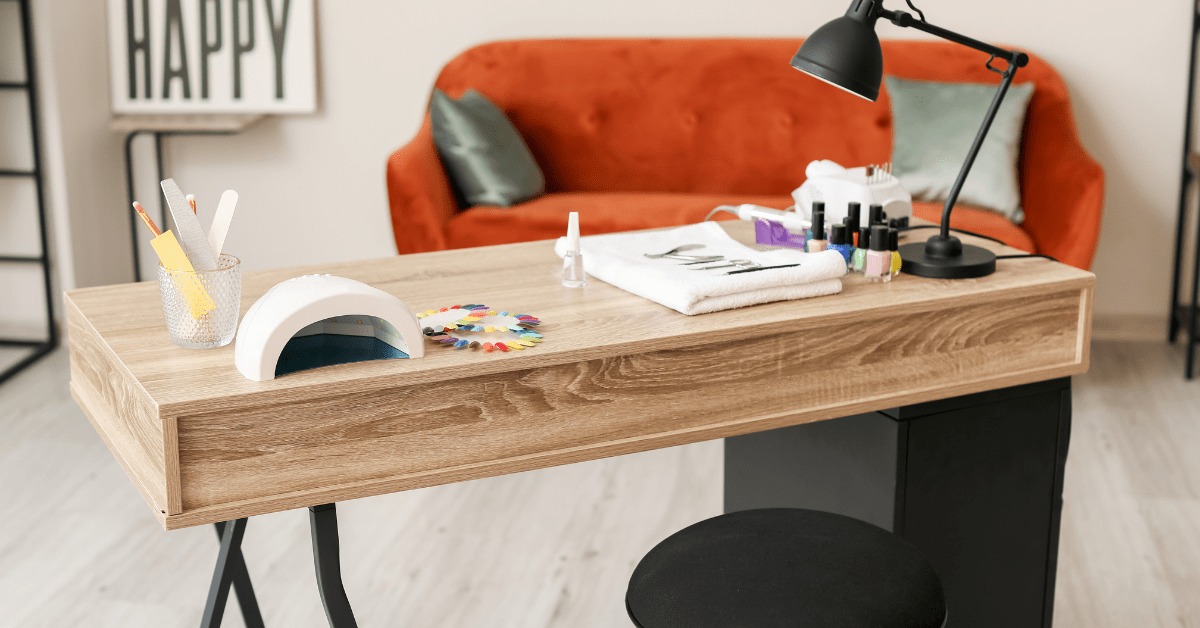
Considering Multifunctional and Space-Saving Features
In small spaces, multifunctional and space-saving features can make a significant difference. Look for small corner desks that offer versatile functionality, such as fold-down surfaces, modular components, or integrated organizational solutions. These innovative features can help you make the most of your limited space while still enjoying a fully functional and practical workspace.

Exploring Customization and Personalization Options
Many small corner desks offer customization and personalization options, allowing you to tailor the desk to your specific needs and preferences. Whether it’s choosing a custom finish, adding modular accessories, or selecting a configurable layout, exploring customization options can help you create a desk that’s perfectly suited to your individual requirements.
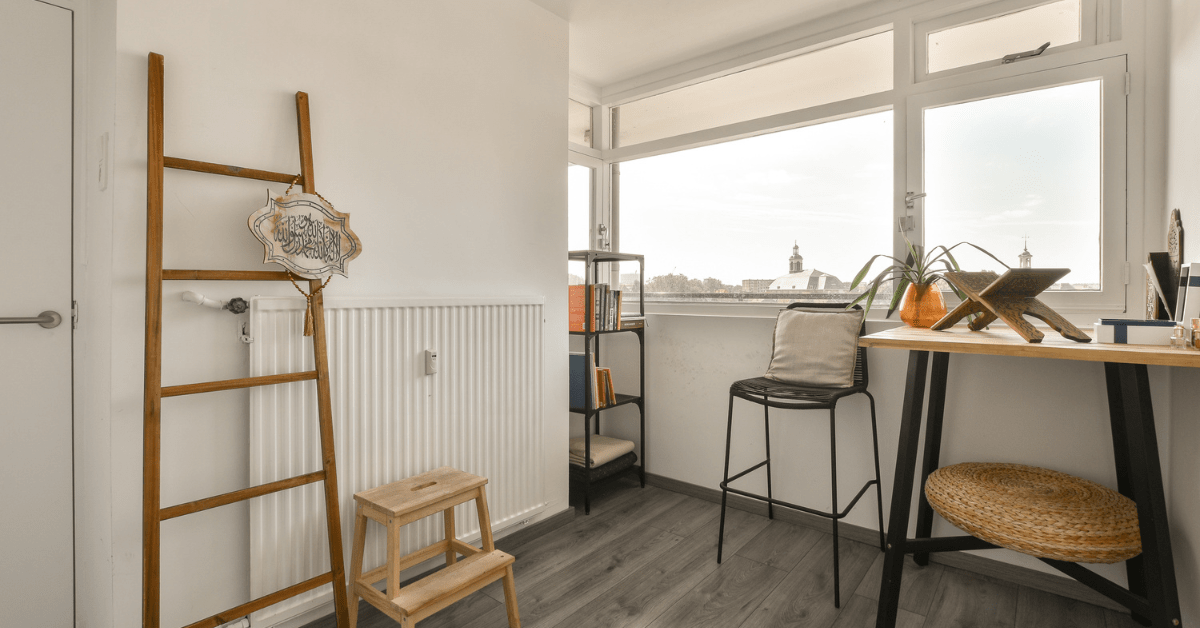
Budgeting and Cost Considerations
Setting a budget for your small corner desk purchase is an important step in the decision-making process. Consider the features and quality that are most important to you and research desks within your price range. While it’s essential to stay within budget, also keep in mind that a well-made desk that meets your needs is a worthwhile investment in your home workspace.
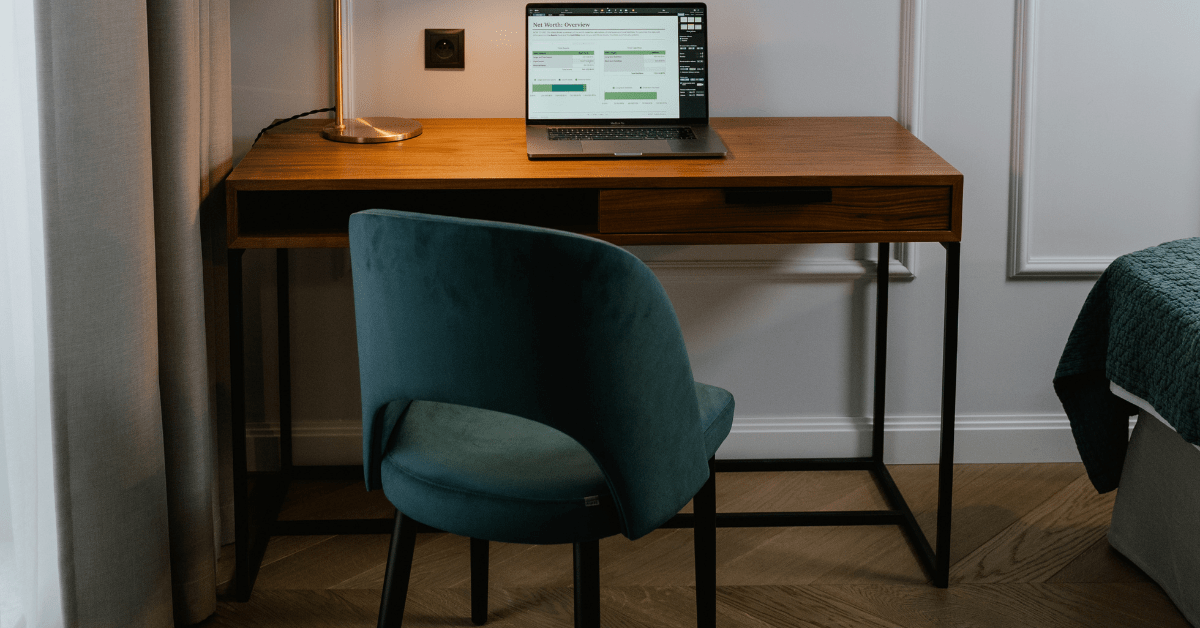
Related Articles:
- 19 Wall Mounted Desk Ideas Perfect For Small Spaces
- These Stylish Sofas for Small Spaces Are Under $500
- Outdated Rules for Decorating Small Spaces
Armed with a comprehensive understanding of your space, work needs, design preferences, and budget, it’s time to make an informed decision. Consider all the factors we’ve explored, and take the time to research and compare small corner desks that align with your criteria. By making a thoughtful and informed decision, you’ll be well on your way to finding the perfect small corner desk for your space.
You're reading Small Corner Desk Ideas for Maximizing Work Space, originally posted on Decoist. If you enjoyed this post, be sure to follow Decoist on Twitter, Facebook and Pinterest.
from decoist https://ift.tt/zhRC8UE
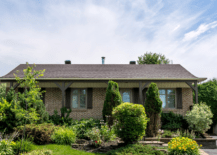

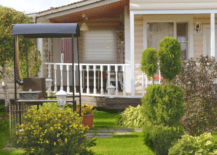
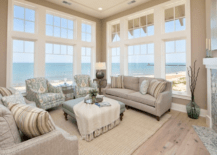
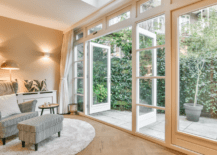
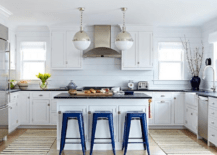
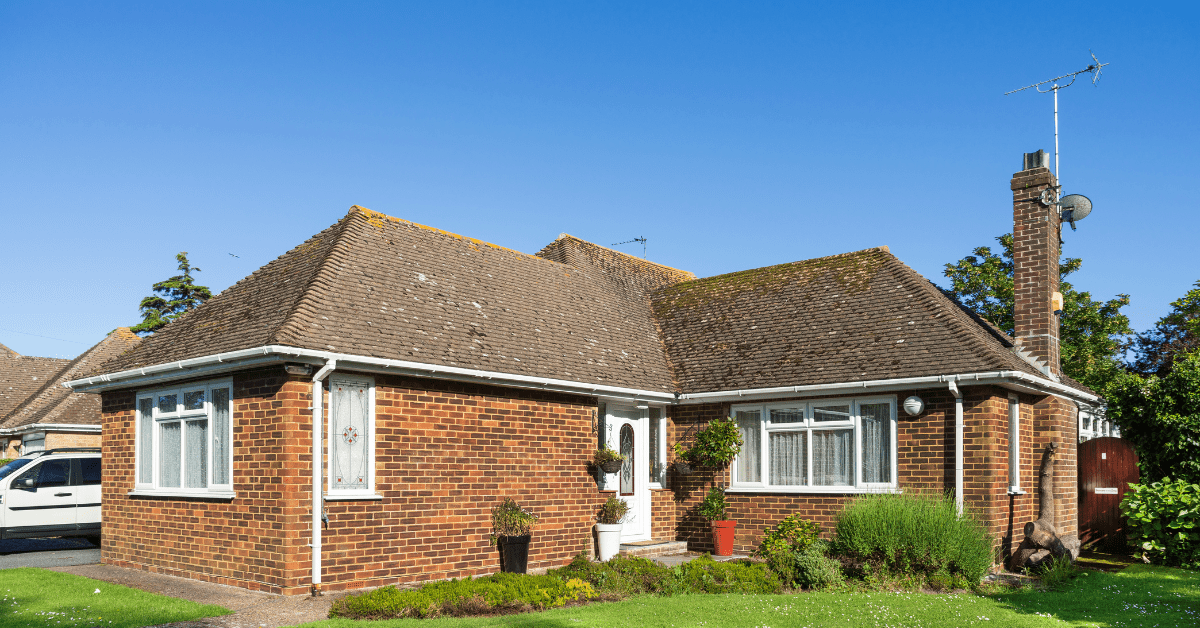
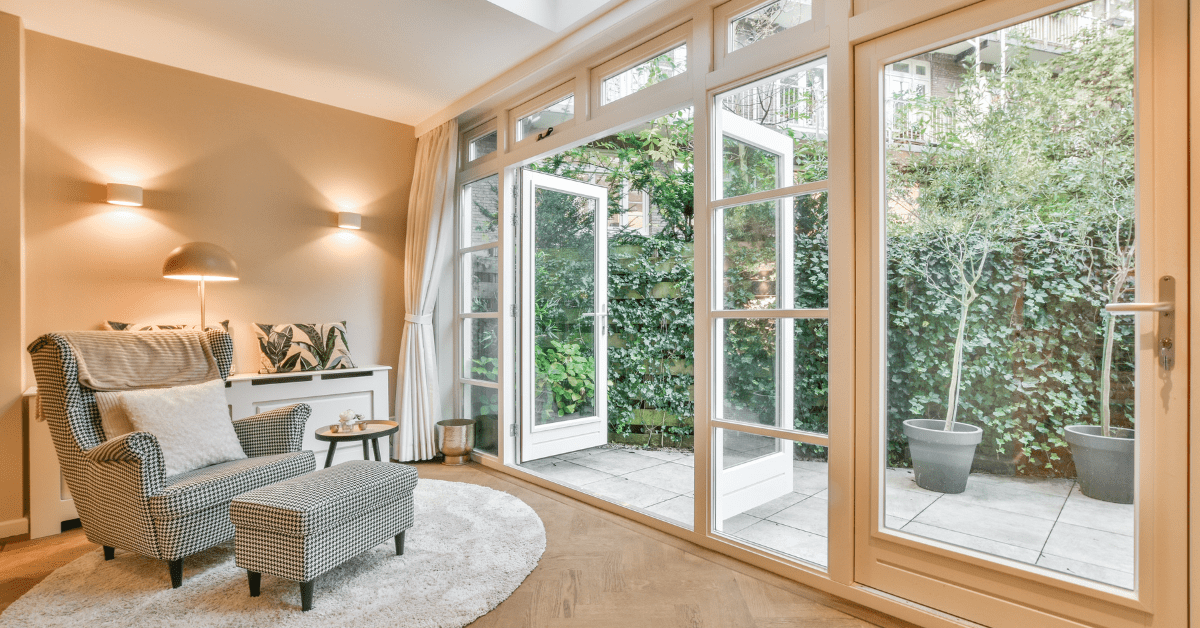

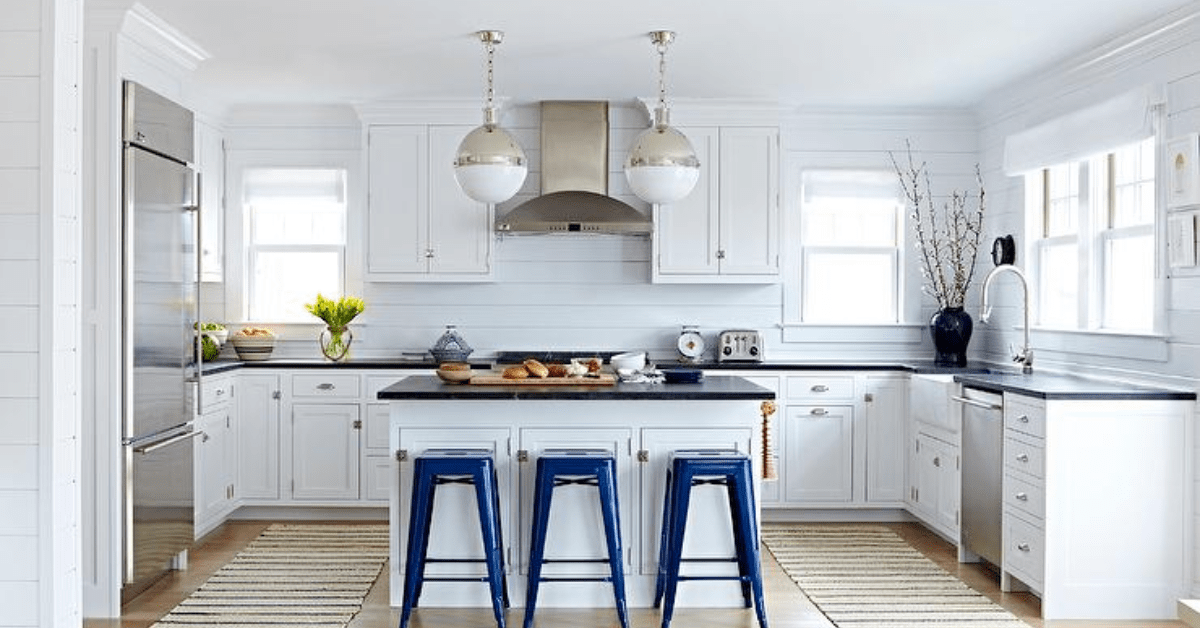
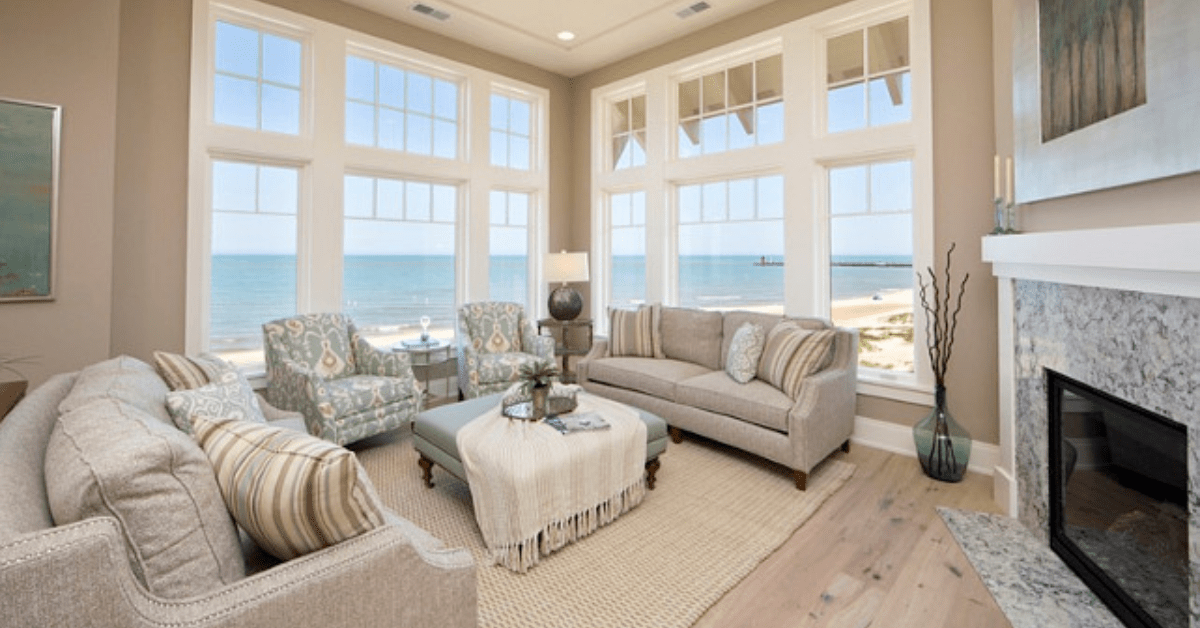
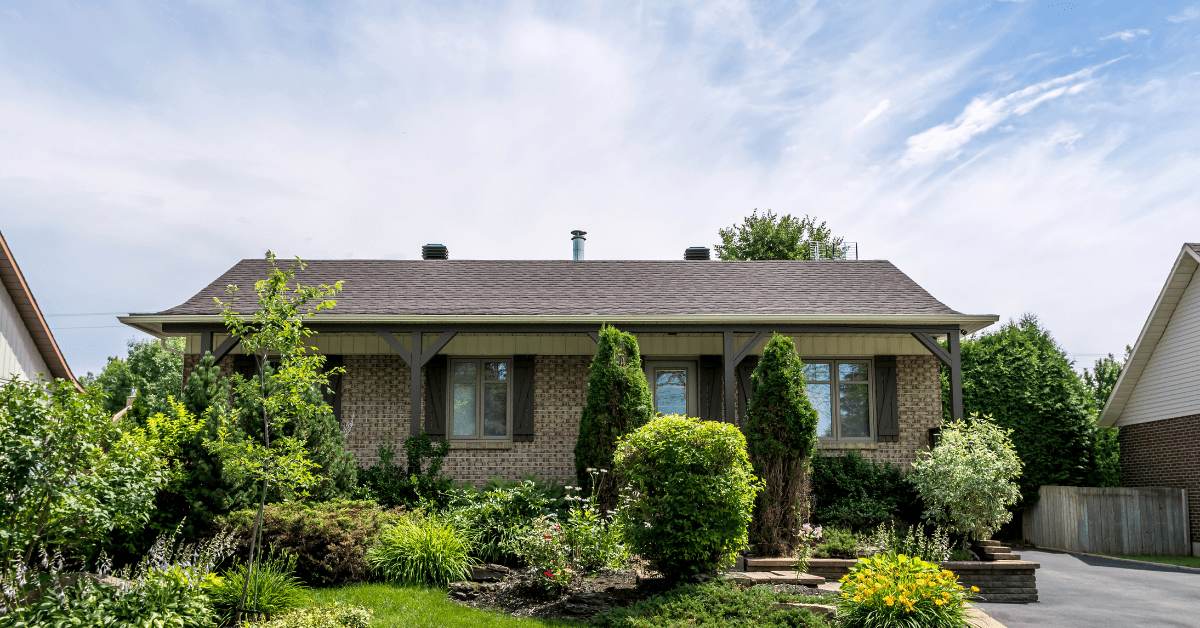
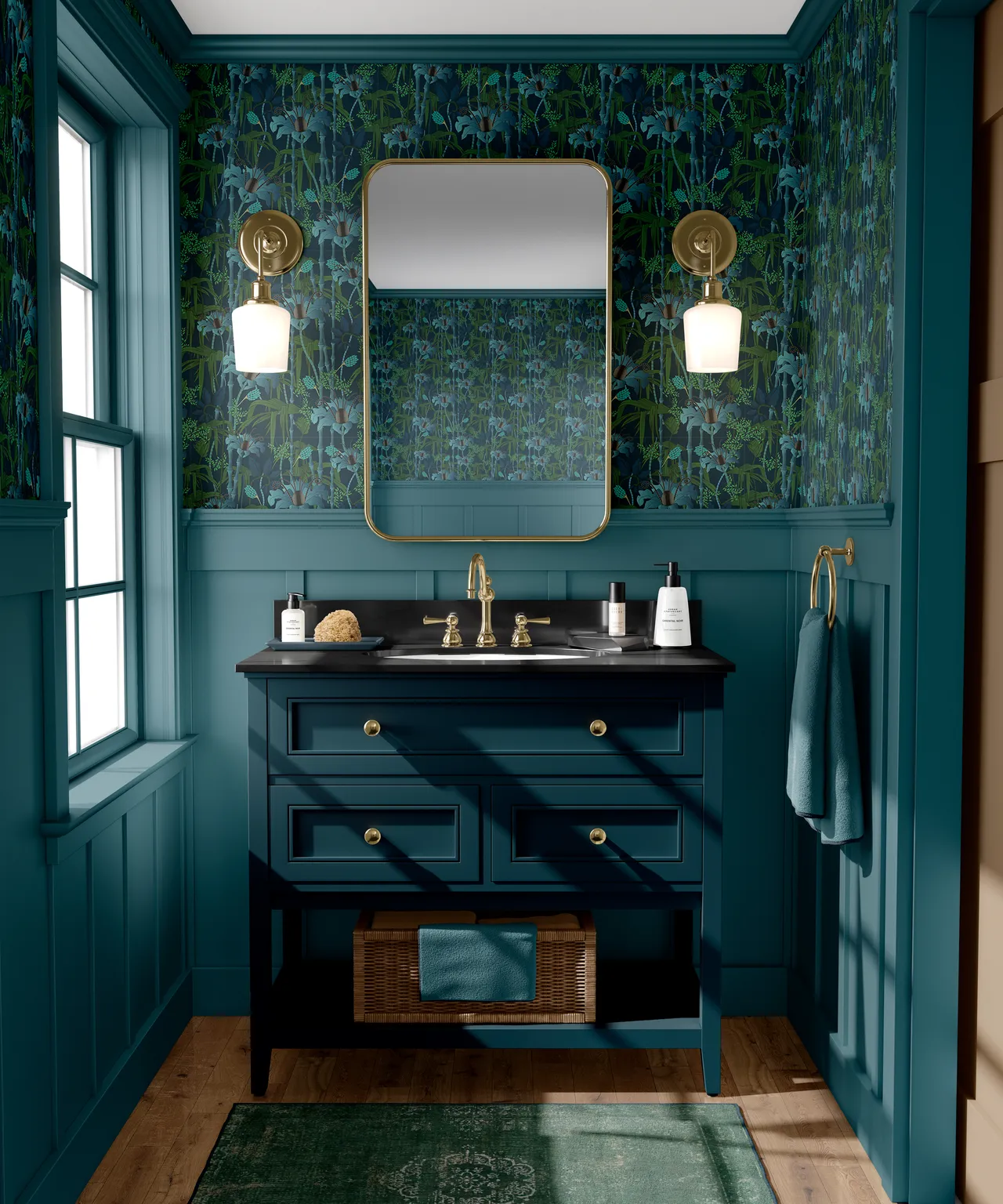
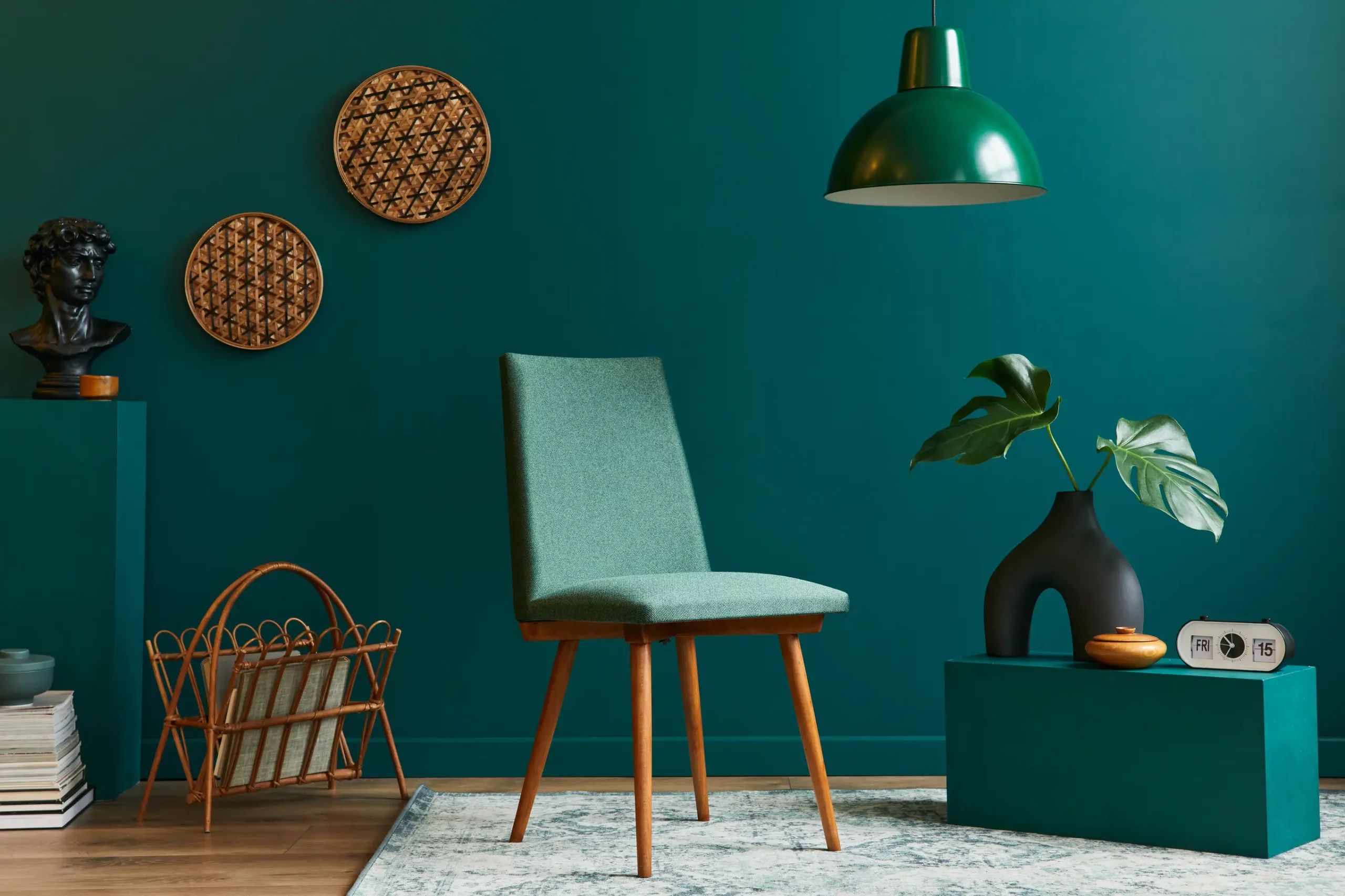
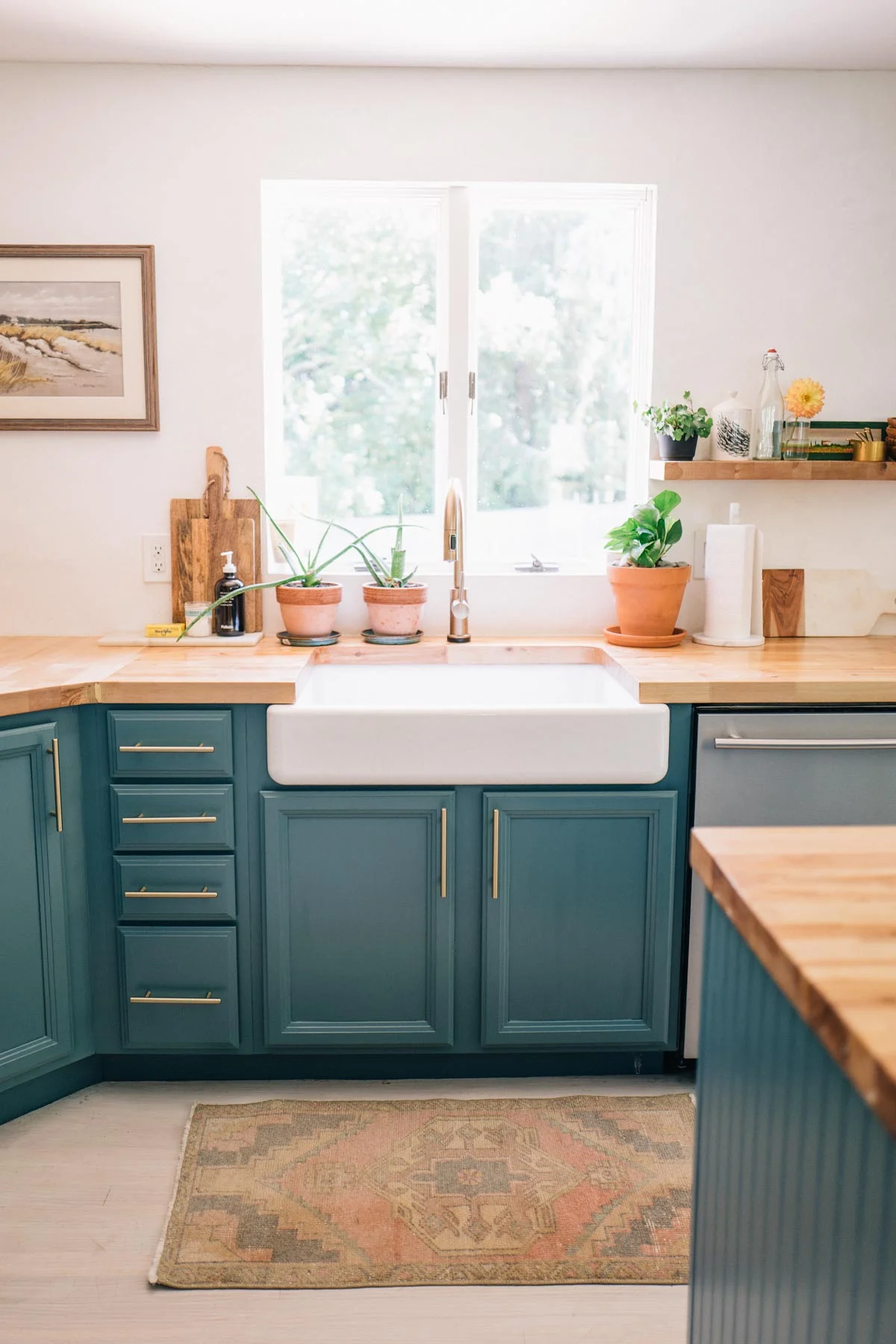
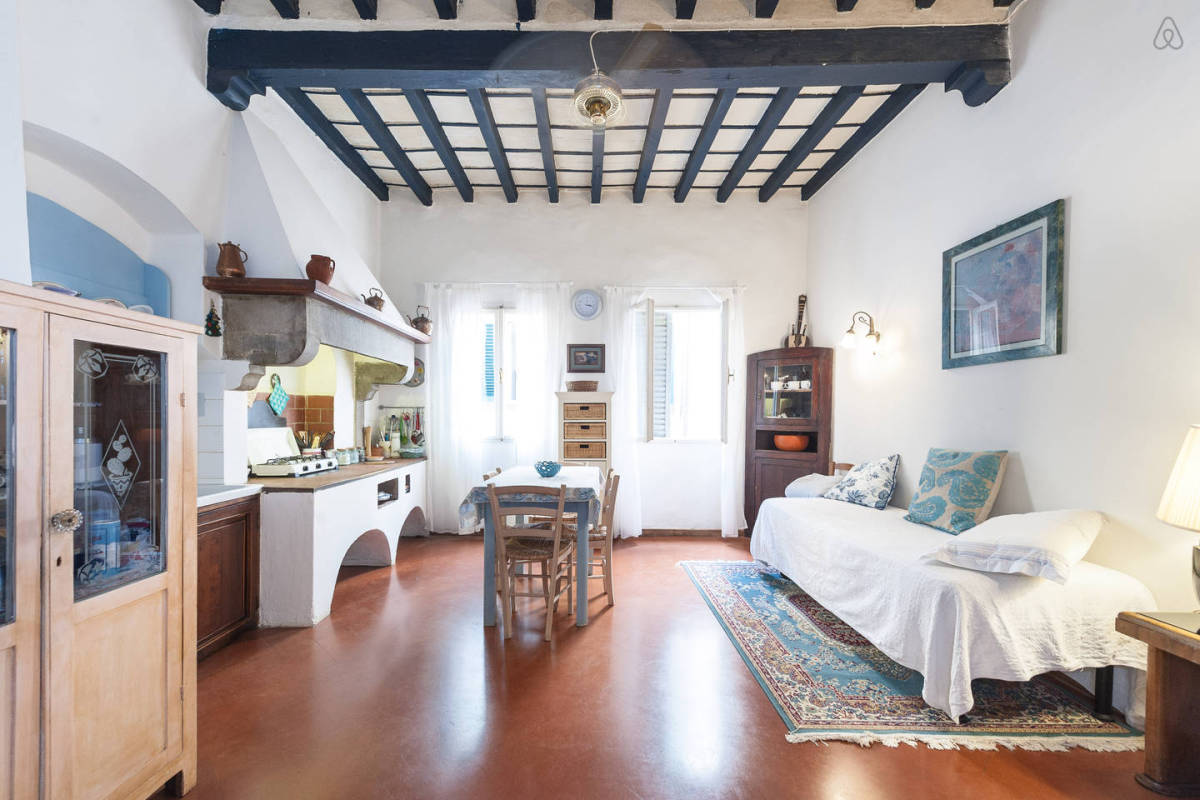


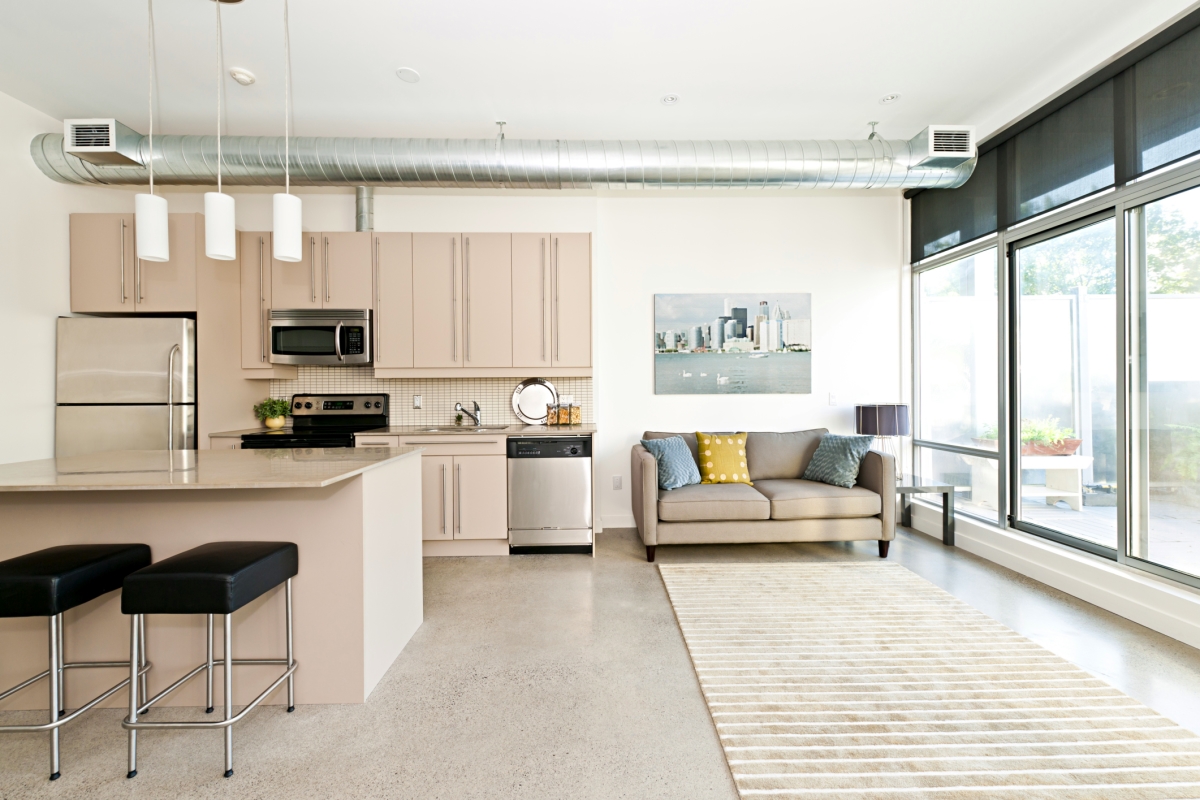
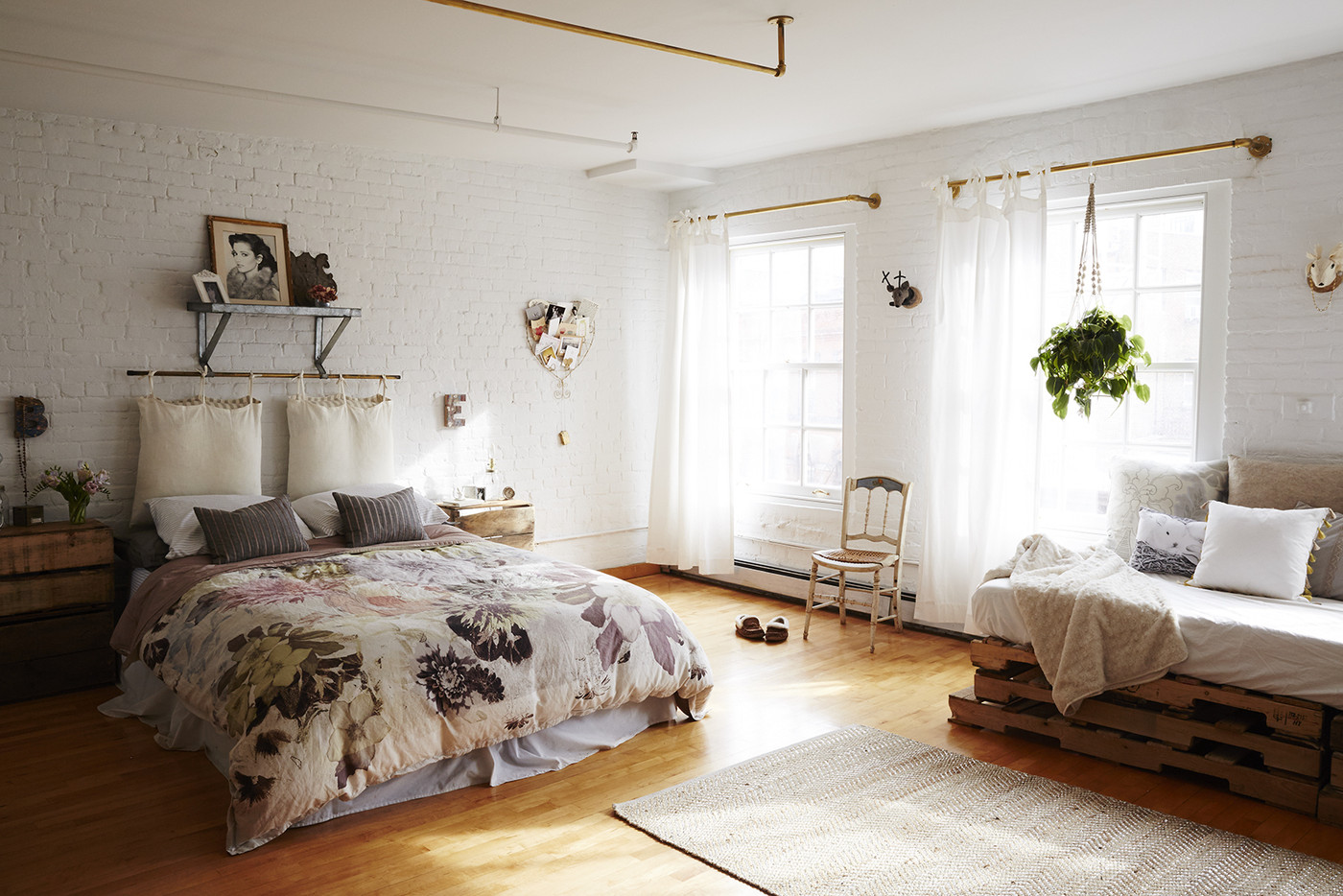
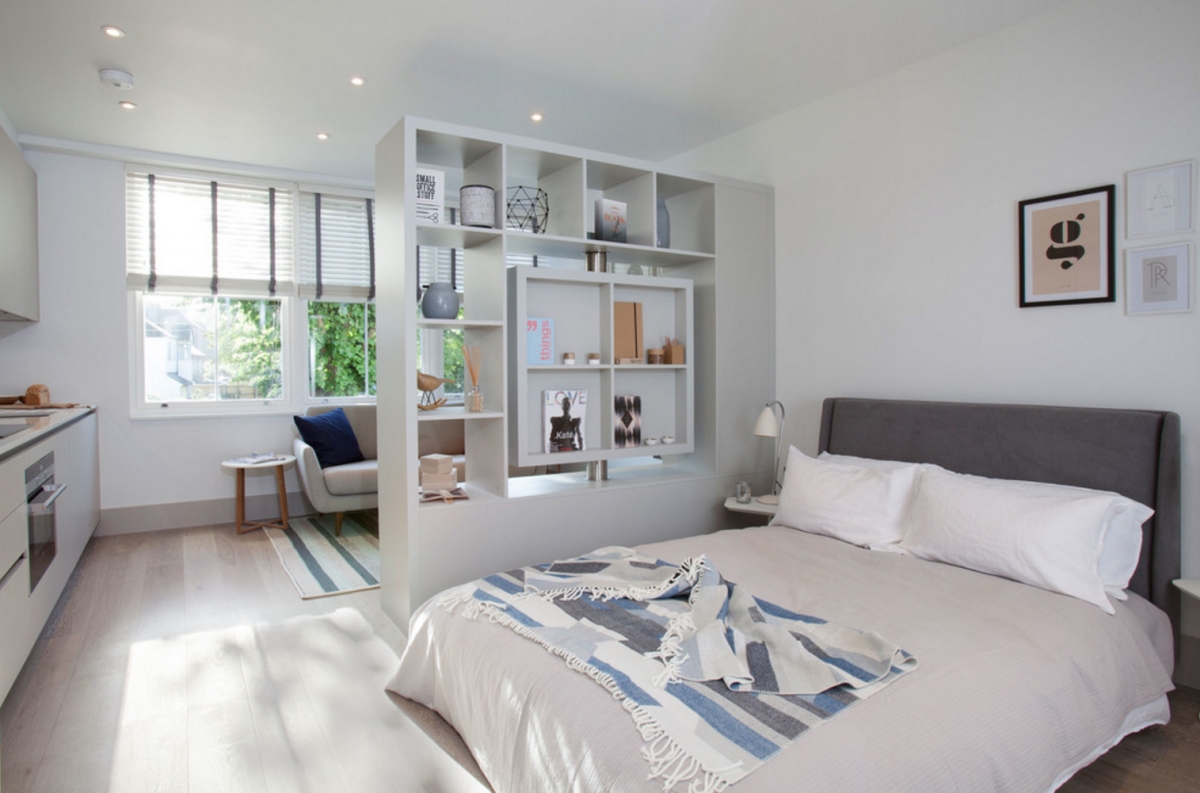
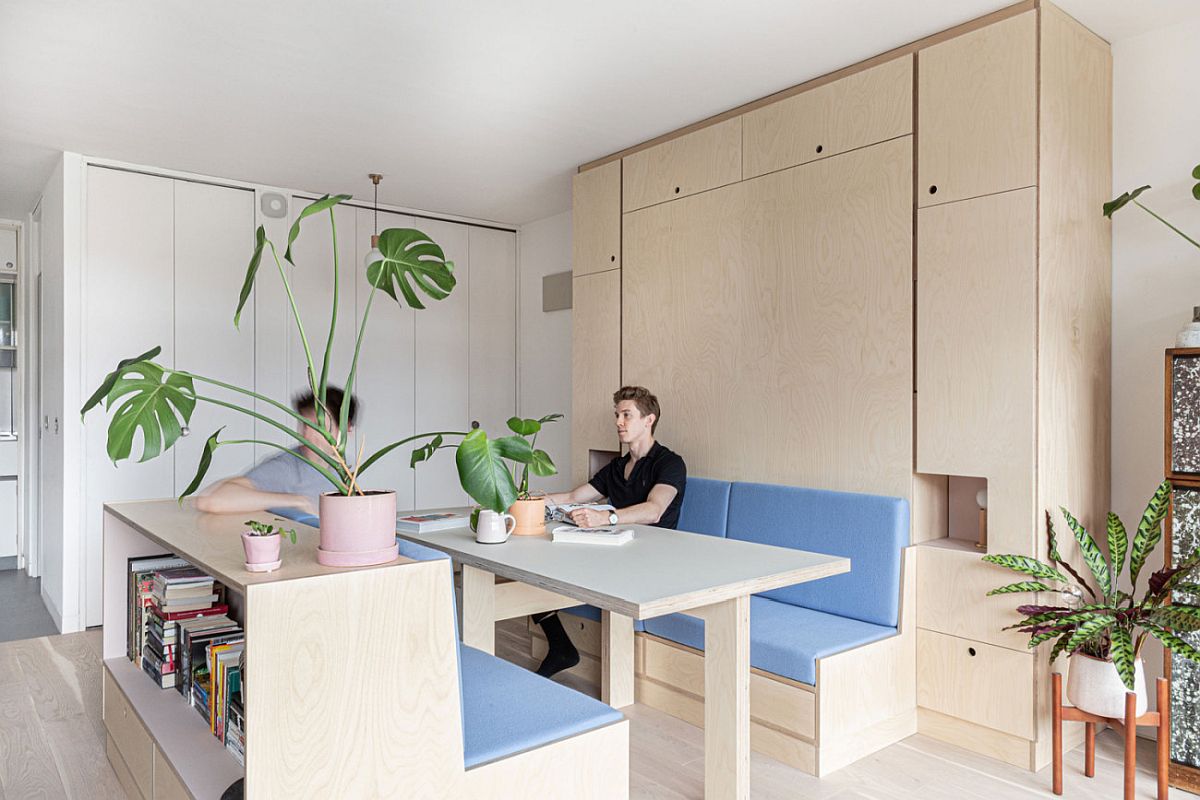
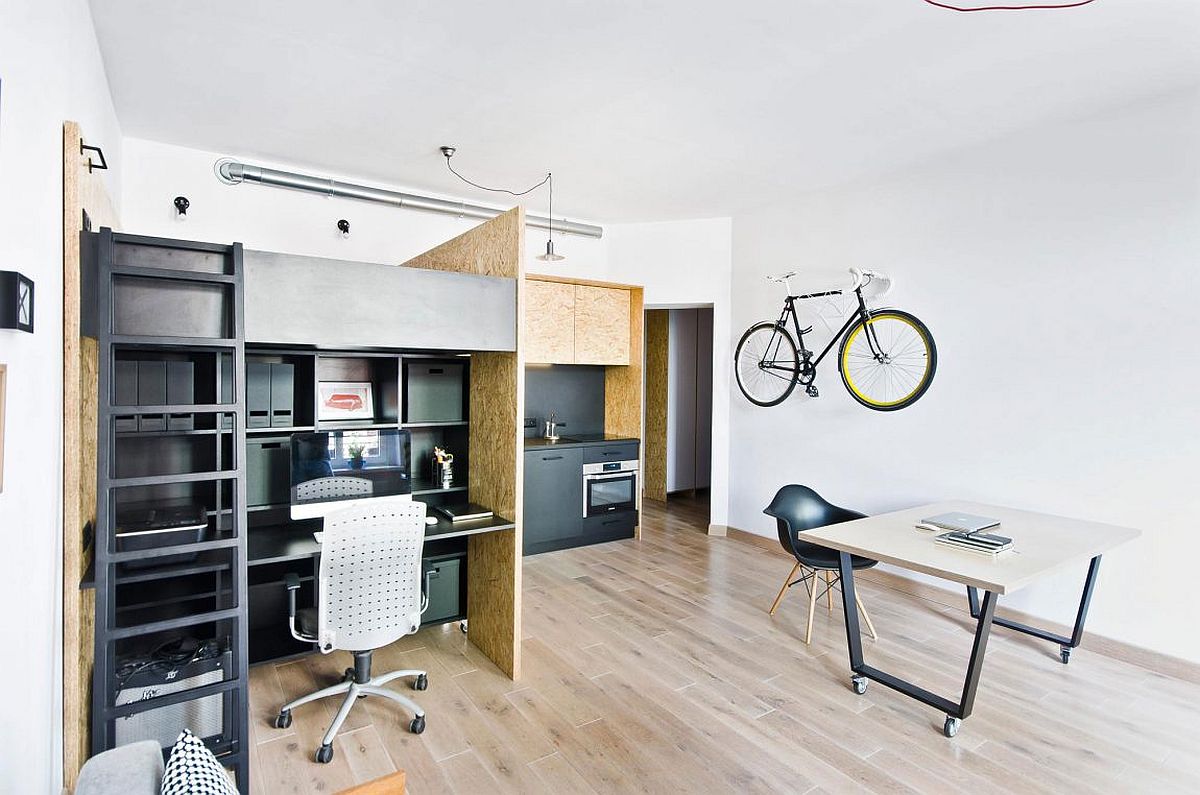

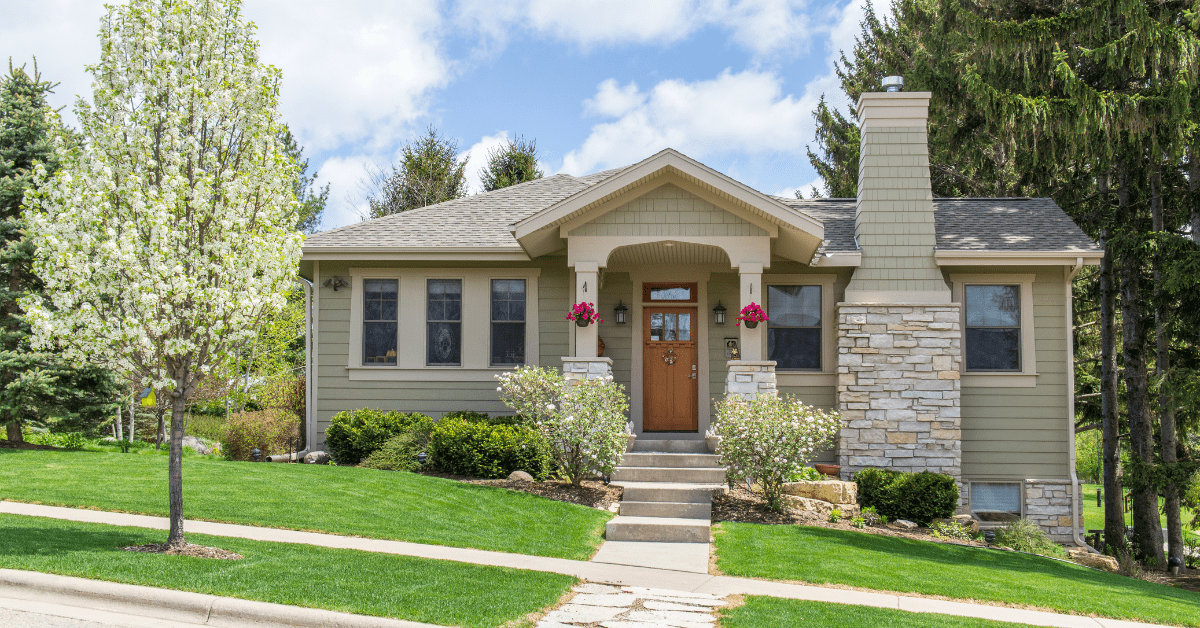
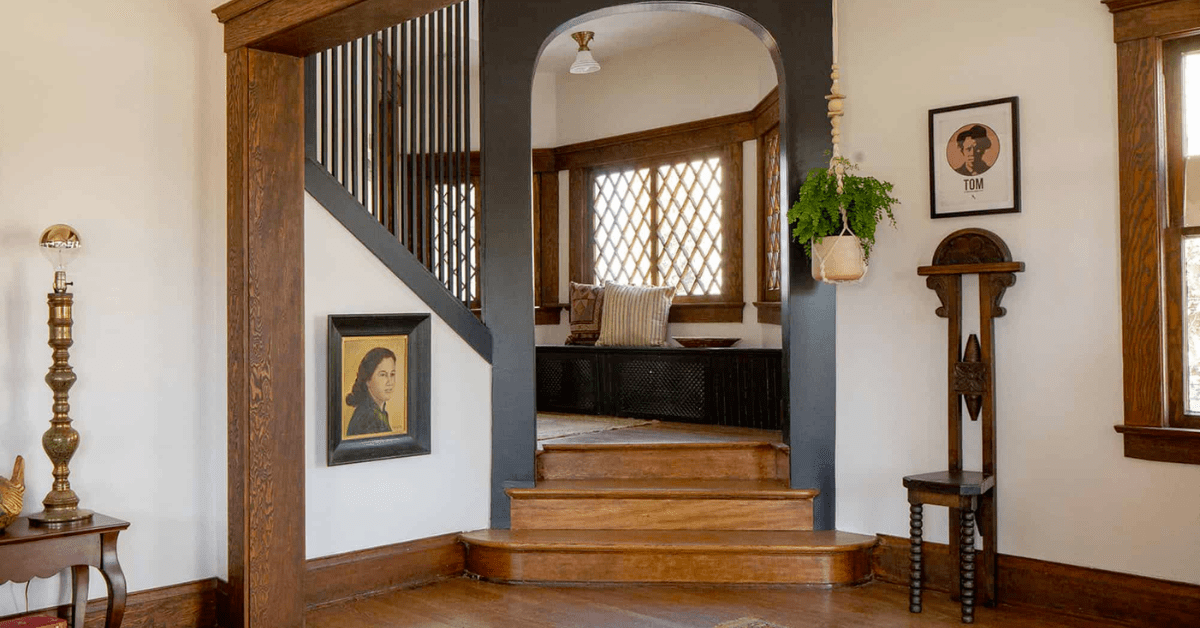
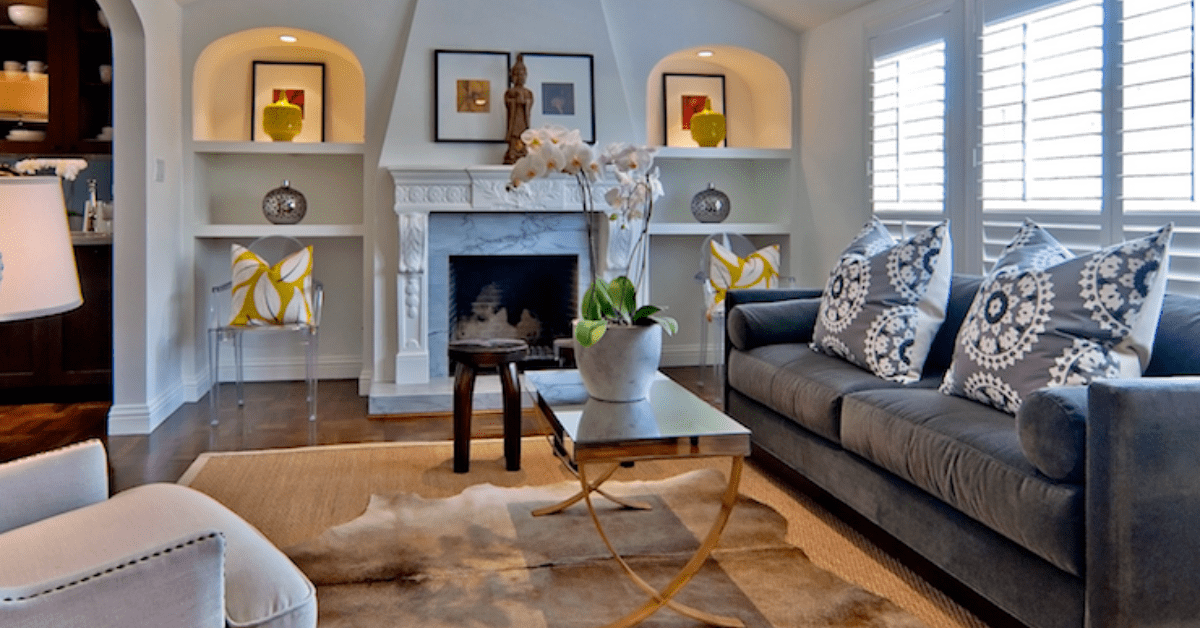
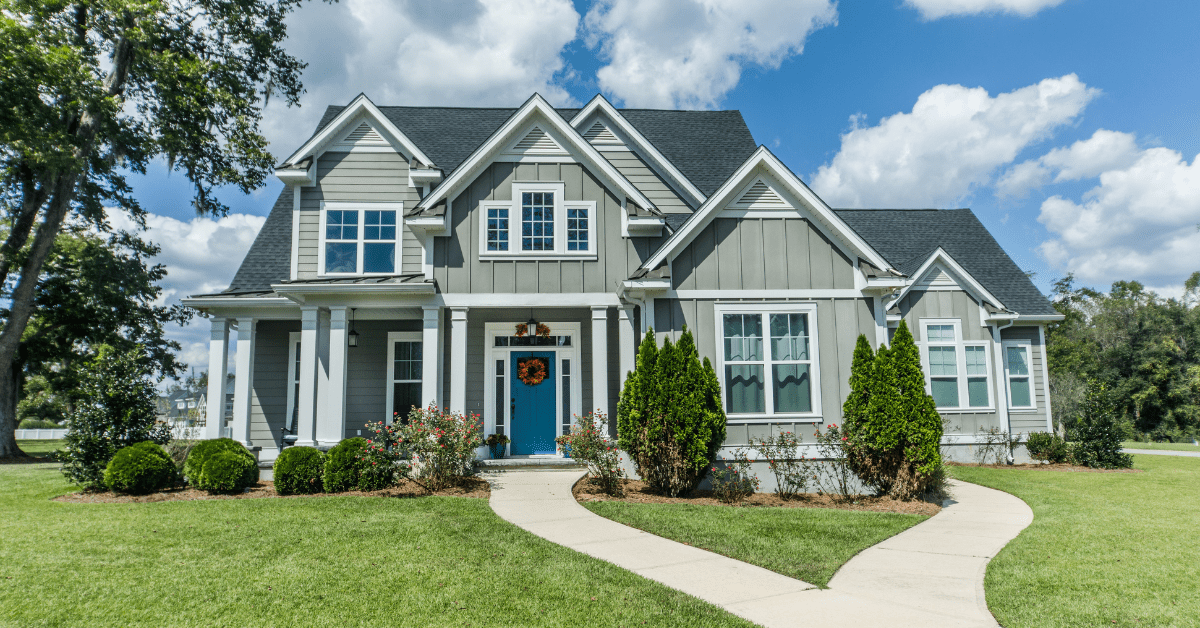
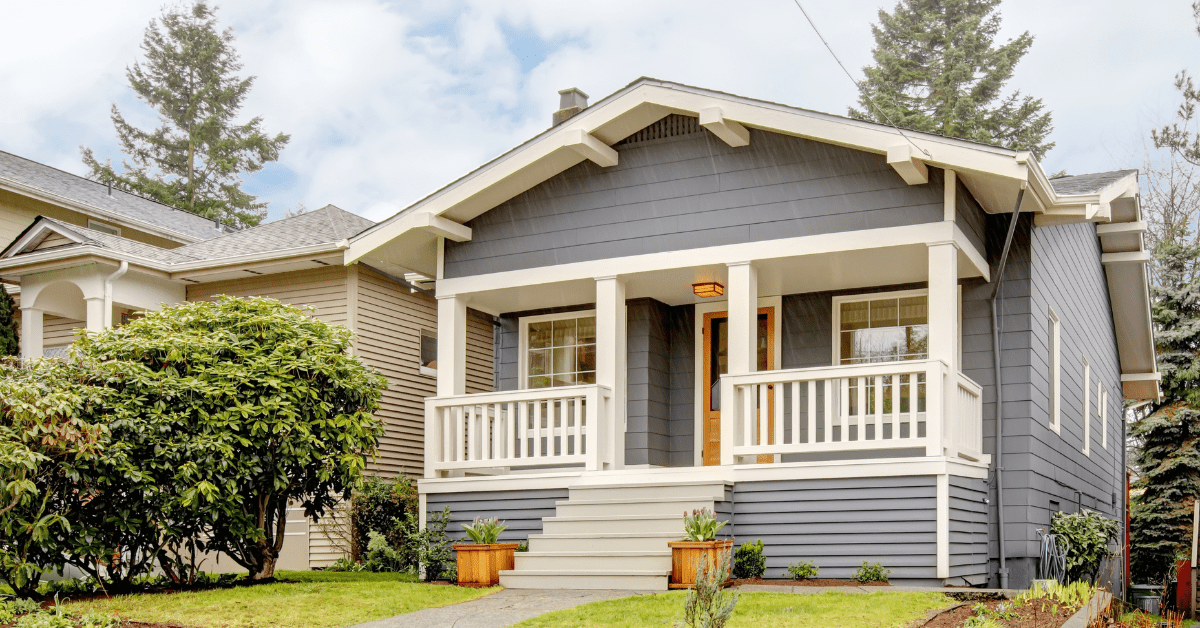
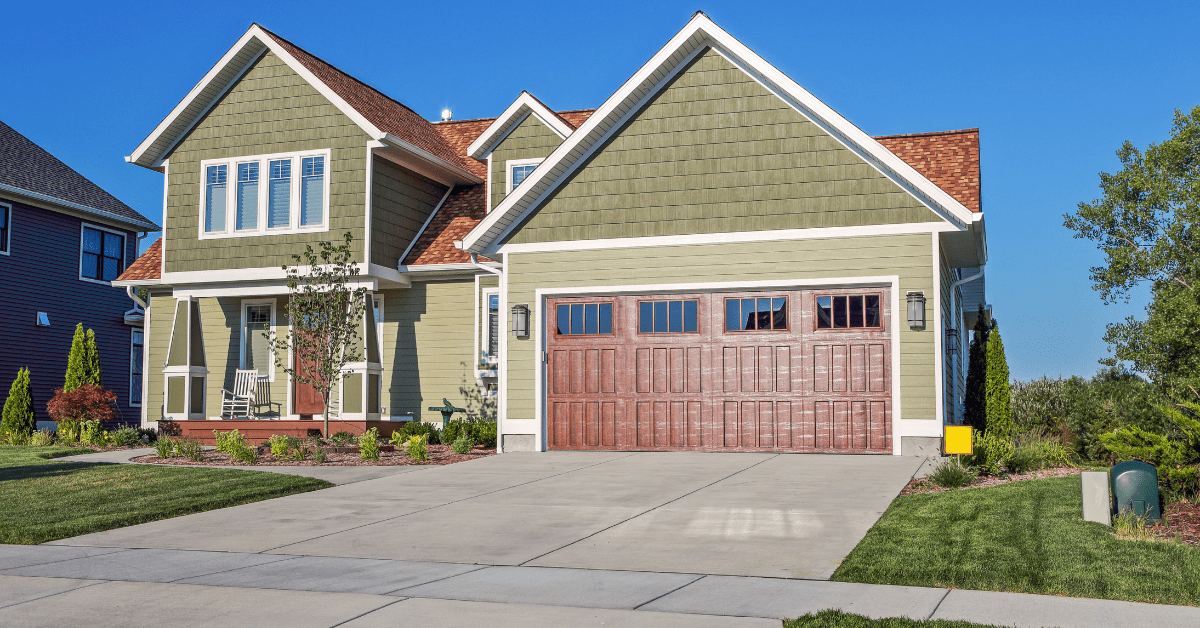
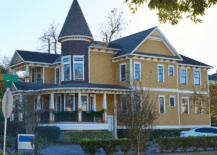
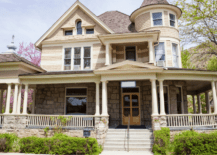
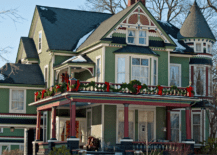
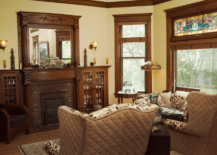
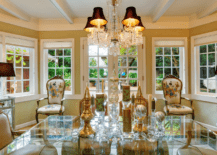
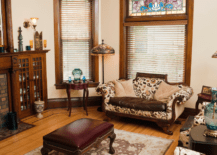
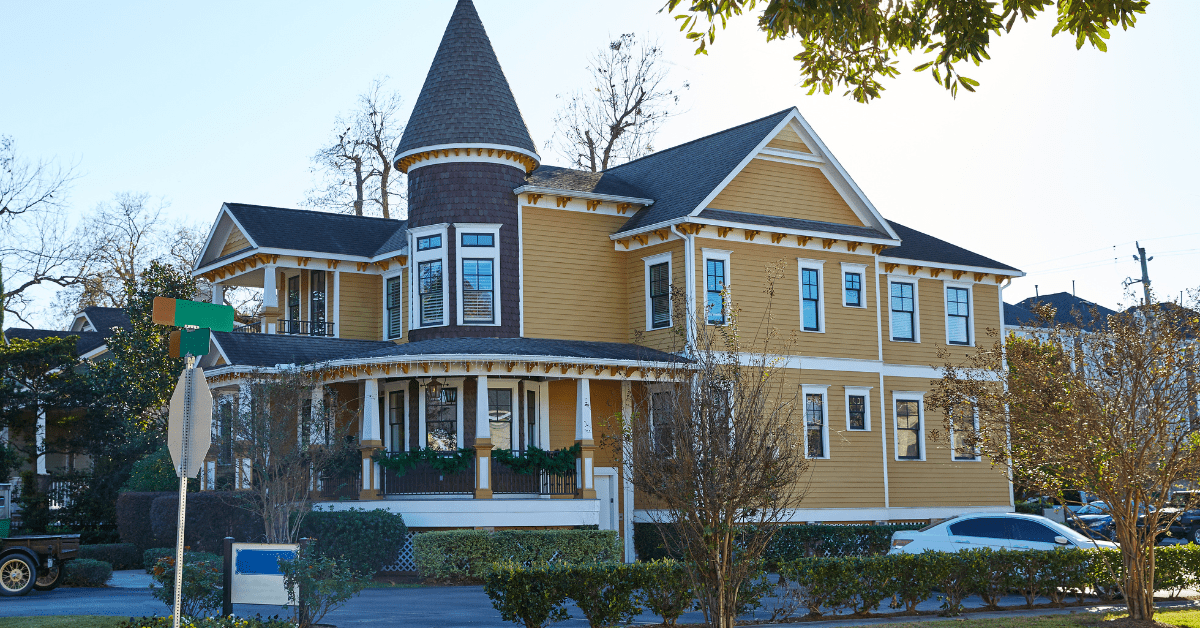
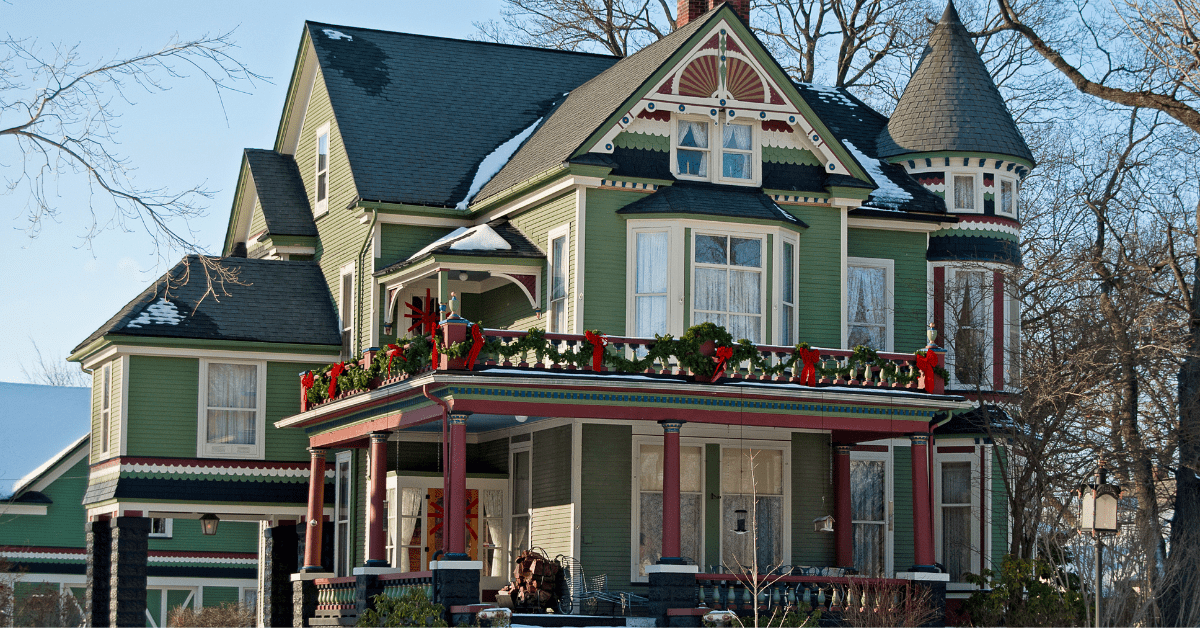
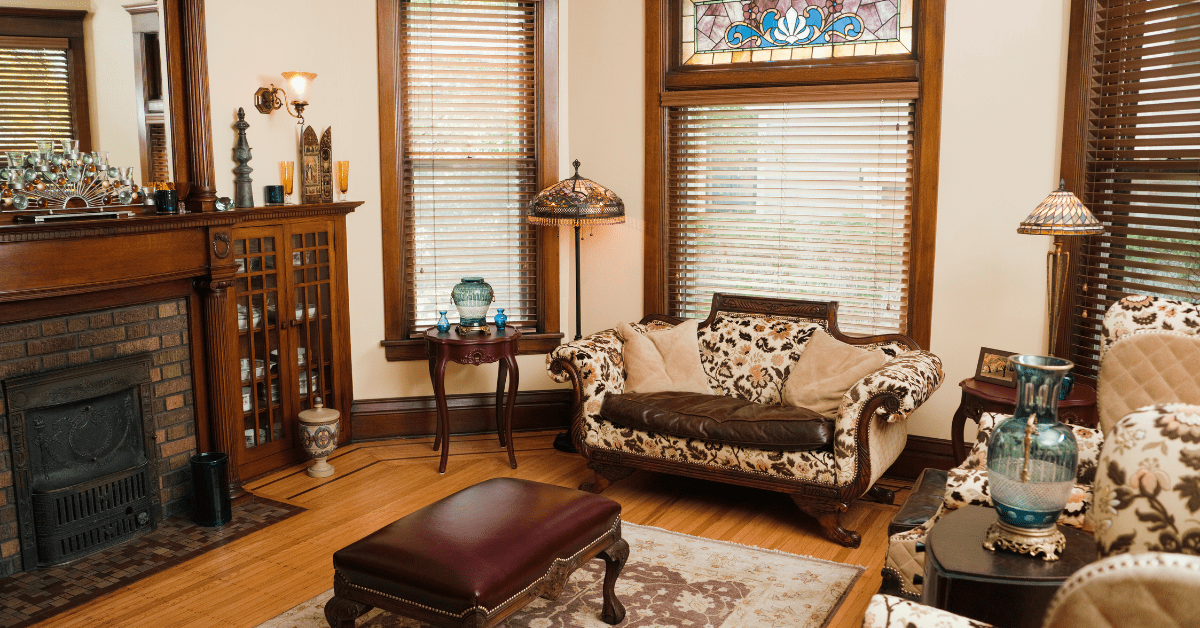

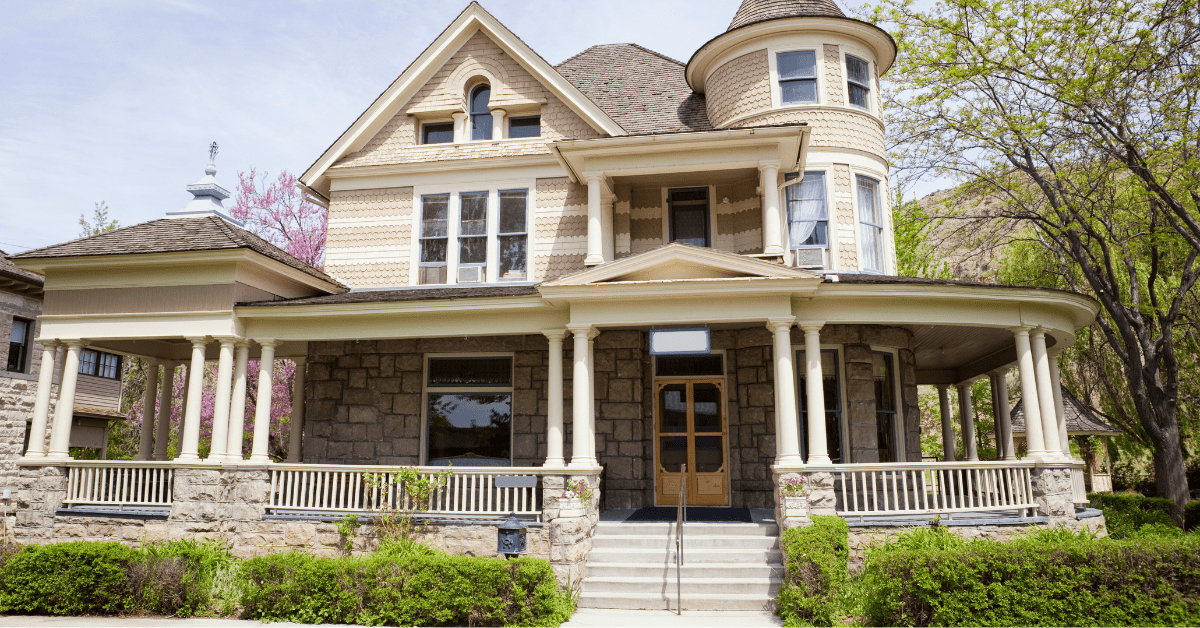
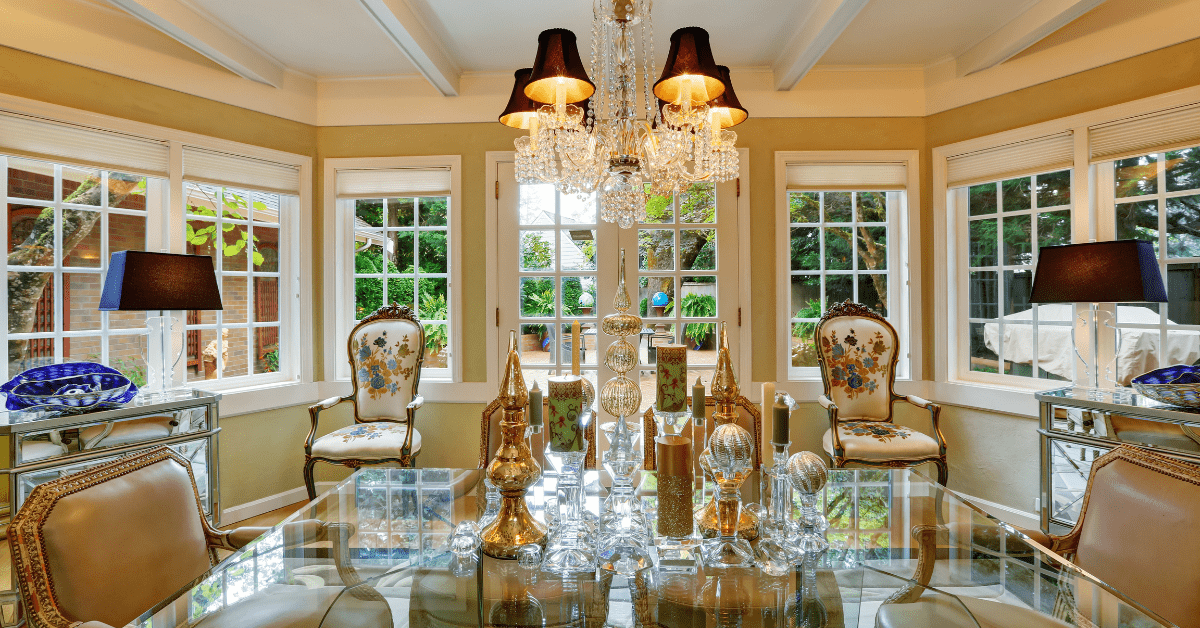

0 comments: